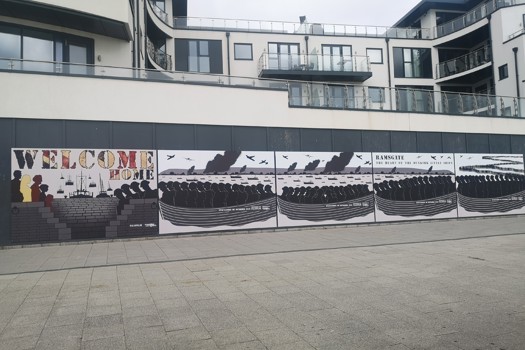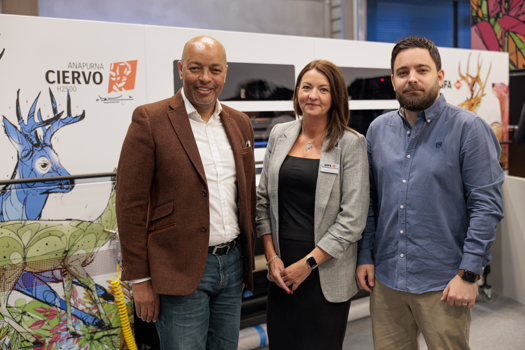Digital printing is a hot topic, of that there is no doubt. It's quite understandable when one considers the rapid pace of developments, and the array of business opportunities made possible by increasingly sophisticated - and robust - digital print technologies.
But. Digital is not progressing in isolation, and we mustn't be blinkered about offset's advances just because digital is the hot and happening thing. Just the other week I was gobsmacked to hear that Cambrian Printers had produced what sounded like a ridiculously short run on its Rapida 106, the firm having worked out that this was far more cost-effective than spending many hours producing the same job digitally. And as Heidelberg's analysis of the short-run market for its re-evaluation of digital shows, the latest generation of offset presses can be super-efficient on surprisingly short runs.
Casting my mind back to Ipex and the various high-tech offset presses on show there, I wonder if the big bosses at Xerox, HP et al took time out at the show to familiarise themselves with what could be described as new, improved offset?
For printcos, purchasing decisions must be more complicated than ever when it comes to weighing up the pros and cons of various production routes. This in turn reminded me of something Mike Taylor (of Fulmar and CPI fame) talked about at a Vision in Print conference a while back. Mike and his team had developed a spreadsheet that allowed them to plug in a host of computations when evaluating digital devices, the end result being a meaningful like-for-like way of comparing formats, running speeds, running costs, and break points.
Seems to me that if Mike's spreadsheet were to be dusted off for 2011, it would be smart to plug in the offset options too.






